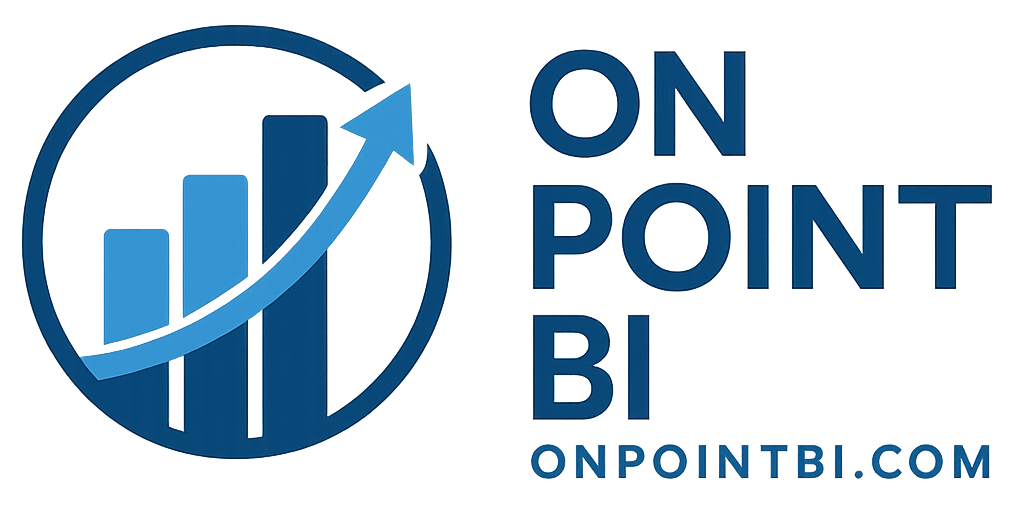Exploring the Future of Data Architectures in a World of AI-Driven Insights

Introduction: The Rise of AI Agents in Data Analytics
In today’s fast-paced corporate environment, particularly in healthcare, the ability to harness data from systems like Electronic Health Records (EHRs), billing platforms, and claims databases is critical. Traditionally, enterprise data warehouses (EDWs) have been the backbone of centralized data management, ensuring compliance and enabling robust analytics. But with AI agents—powered by tools like Azure Machine Learning or OpenAI—now capable of connecting directly to source systems, a question arises: Will EDWs become obsolete? Spoiler alert: they won’t disappear, but their role is evolving. Let’s dive into why and how this transformation is unfolding, especially in healthcare.
The Case for Enterprise Data Warehouses
EDWs, such as Azure Synapse Analytics, have long been the gold standard for managing structured data. In healthcare, where data from EHRs (e.g., FHIR APIs), billing systems, and claims platforms must comply with regulations like HIPAA, EDWs offer:
- Centralized Governance: Ensuring data security and regulatory compliance for sensitive patient and financial data.
- Data Quality: Standardizing disparate data (e.g., claim denials, reimbursement timelines) for consistent reporting.
- Scalable Analytics: Supporting complex queries and dashboards (e.g., via Power BI) for enterprise-wide insights.
For example, a hospital might use an EDW to integrate claims data to track KPIs like denial rates or average reimbursement days, ensuring accuracy for strategic planning.
How AI Agents Are Changing the Game
AI agents are revolutionizing data access by connecting directly to source systems via APIs. In healthcare, this means pulling real-time data from EHRs, billing platforms (e.g., Experian Health), or claims systems to deliver instant insights. Here’s how they’re shaking things up:
- Real-Time Insights: AI agents can query APIs to predict cash flow or reimbursement delays without waiting for batch processing in an EDW.
- Ad-Hoc Analytics: Need to forecast patient payment behavior based on historical claims? AI agents can do this on the fly, bypassing centralized storage for specific use cases.
- Decentralized Architectures: Modern frameworks like data lakes (e.g., Azure Data Lake) and data mesh enable AI agents to work with distributed data closer to its source.
For instance, an AI agent could analyze live claims data to predict denial risks, helping providers act faster than traditional EDW-based workflows allow.
The Future: A Hybrid Model for Healthcare
While AI agents offer speed and flexibility, EDWs remain essential for governance, compliance, and large-scale analytics. The future lies in a hybrid model:
- Cloud-Native EDWs: Solutions like Azure Synapse or Snowflake will handle structured, governed data for enterprise reporting and compliance.
- AI Agents for Real-Time Tasks: Tools like Azure Machine Learning will power dynamic predictions, such as forecasting reimbursement timelines based on payer behaviors.
- Data Lakehouses: Platforms like Databricks Delta Lake combine the structure of EDWs with the flexibility of data lakes, enabling AI agents to operate efficiently while maintaining governance.
In healthcare, this hybrid approach ensures compliance with regulations while leveraging AI for real-time insights, like optimizing cash flow by predicting claim denials.
Lessons Learned from Healthcare Data Projects
Having worked on projects integrating EHR, billing, and claims data, here are two key takeaways:
- Governance is Non-Negotiable: Direct AI access to source systems must adhere to strict regulations. EDWs or lakehouses provide the centralized control needed to avoid compliance risks.
- Hybrid Wins: Combining EDWs for structured analytics with AI agents for real-time predictions delivers the best of both worlds—reliability and agility.
Conclusion: Evolution, Not Extinction
Enterprise data warehouses are not going away, but they’re adapting to a world where AI agents can tap directly into source systems. In healthcare, where data drives critical decisions, the future is a collaborative ecosystem: EDWs for governance and scale, AI agents for speed and flexibility, and lakehouses to bridge the gap. By leveraging tools like Azure Synapse, Power BI, and Azure Machine Learning, organizations can stay compliant while unlocking real-time insights to improve cash flow, reduce denials, and enhance patient care.
What’s your take? Are you seeing AI agents reshape your data strategy? Drop a comment below or connect with me to discuss the future of healthcare analytics!
Tags: #HealthcareAnalytics #DataWarehouse #AI #Azure #BusinessIntelligence #DataScience

